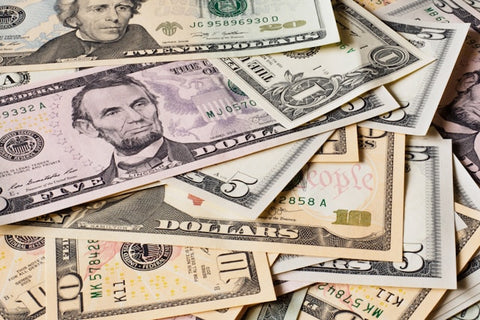
Handmade soaps can be more expensive for several reasons[1][2]:
-
Smaller production scale: Handmade soap is often produced in small batches, which results in limited quantities. This smaller production scale makes it difficult to achieve economies of scale and can drive up the cost per unit[1].
-
Time and effort: Making handmade soap involves intricate processes and meticulous attention to detail. Artisanal soap makers carefully control factors such as temperature, blending, curing times, and cutting methods, all done by hand. This manual labor and craftsmanship require significant time and effort, contributing to the higher cost[2].
-
Premium ingredients: Handmade soaps often use high-quality ingredients that are more expensive than mass-produced commercial soaps. These ingredients can include natural oils, organic botanicals, essential oils, and specialty additives. These carefully selected ingredients enhance the quality and performance of the soap, but they also come at a higher cost[2].
-
Artistic and specialized nature: Handmade soap is not merely a functional product; it is often considered an art form. Soap makers experiment with various designs, colors, and fragrances to create visually appealing and unique soaps. The artistic aspect, combined with the specialized skills required for handmade soap production, contributes to the higher price tag[2].
-
Market demand: Handmade soaps are often perceived as premium beauty products. Some consumers are willing to pay a higher price for the perceived quality, craftsmanship, and natural ingredients used in handmade soap. The combination of high demand and limited production quantities can drive up the price as well[1][3].
In summary, the smaller production scale, time and effort involved, premium ingredients, artistic nature, and market demand all contribute to the higher cost of handmade soap. However, many customers appreciate these qualities and are willing to pay a premium for the unique and high-quality products offered by handmade soap makers.
